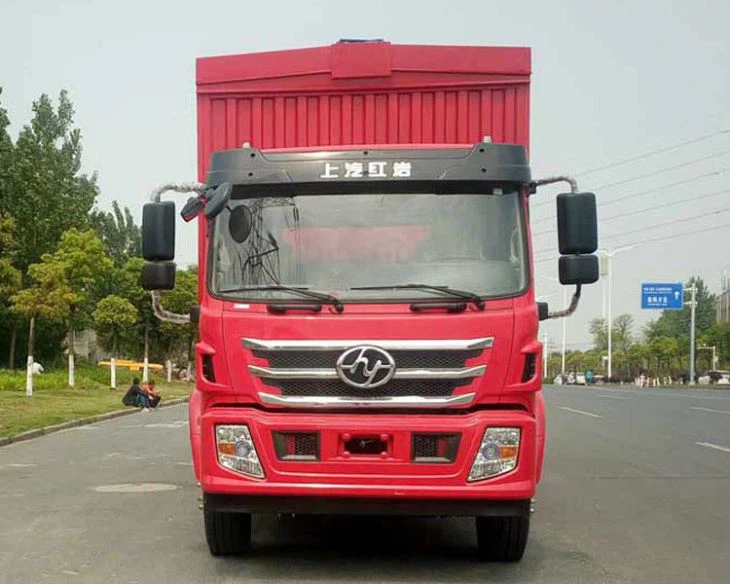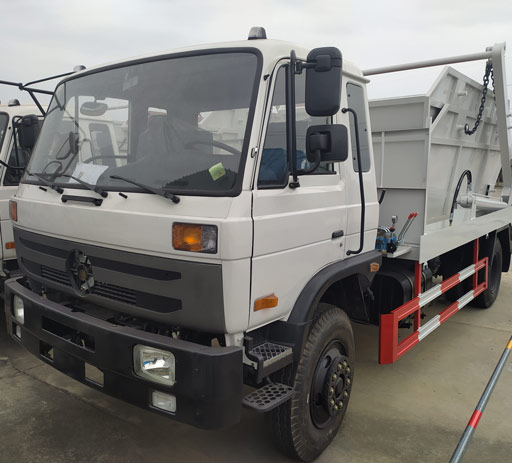Understanding Fueling Bowser: The Essential Guide

Welcome to the ultimate guide on fueling bowser systems! This article covers everything you need to know about fueling bowser, including its types, components, advantages, and practical tips for optimal usage. Whether you are a novice looking to learn or a professional seeking advanced insights, we have crafted this comprehensive resource just for you.
What is a Fueling Bowser?
A fueling bowser, also known as a fuel bowser or refueling bowser, is a portable tank designed to transport and dispense fuel. These units are commonly used in construction sites, mining operations, and various industrial applications where immediate access to fuel is essential. The convenience of transporting fuel safely and efficiently makes fueling bowers an indispensable tool for many businesses.
The Function of a Fueling Bowser
The primary function of a fueling bowser is to provide a mobile solution for fuel supply. They are equipped with pumps, hoses, and nozzles to facilitate easy refueling of vehicles and equipment on-site.
Key Components of a Fueling Bowser
- Storage Tank: The main component that holds the fuel securely.
- Pump: Enables the transfer of fuel from the tank to the equipment.
- Hoses and Nozzles: Facilitate the dispensing of fuel.
- Filtration System: Ensures the fuel is free from contaminants.
- Safety Features: Includes emergency shut-off valves and spill containment systems.
Types of Fueling Bowsers
Fueling bowsers come in various types, each designed for specific applications and fuel types. Understanding these types helps you choose the right one for your needs.
Diesel Fuel Bowsers
Diesel fuel bowsers are specifically designed for transporting and dispensing diesel fuel. They typically feature robust construction to handle harsh environments.
Petrol Fuel Bowsers
Petrol bowsers are designed for gasoline fuels and are commonly used in lighter applications compared to diesel bowsers.
AdBlue Bowsers
AdBlue bowsers provide a specialized solution for transporting and dispensing AdBlue, a high-purity solution of urea and deionized water used to reduce emissions in diesel engines.
Benefits of Using a Fueling Bowser
Incorporating fueling bowsers into your operations can offer numerous advantages. Here are some of the key benefits:
Convenience and Flexibility
Fueling bowsers allow you to refuel equipment and vehicles on-site, reducing downtime and transportation costs.
Cost-Effective Solution
Using a fuel bowser can lead to significant savings, as it minimizes the need for on-road refueling and cuts fuel transportation costs.
Improved Safety Features
Modern fueling bowsers come equipped with advanced safety features, which help prevent spills, leaks, and other hazardous situations.
Choosing the Right Fueling Bowser for Your Needs
Selecting the right fueling bowser for your operation requires careful consideration. Here are practical tips to help you make an informed decision:

- Assess Your Fuel Needs: Determine how much fuel you need to store and dispense regularly.
- Consider Size and Capacity: Choose a bowser that fits your storage requirements and transportation capabilities.
- Evaluate Safety Standards: Ensure the bowser complies with local safety regulations and standards.
- Look for Customization Options: Some bowsers offer customizable features for specific applications.
Example: Selecting a Diesel Fuel Bowser for a Construction Site
For a construction site operating multiple heavy machinery, a large diesel fuel bowser with a capacity of 1000 liters may be appropriate. Choosing a model with robust safety features and a built-in filtration system would also enhance convenience and safety.
Operating a Fueling Bowser Safely
Ensuring safety while operating a fueling bowser is paramount. Follow these best practices to maintain a safe working environment:
Training and Certification
Ensure that all personnel operating the bowser are properly trained and certified in handling fuel.
Regular Maintenance Checks
Schedule periodic inspections to assess the bowser’s condition, including hoses, pumps, and safety features.
Emergency Procedures
Establish clear emergency procedures for spills, leaks, and other hazardous situations. Ensure all staff are familiar with these protocols.
FAQs About Fueling Bowsers
1. What fuels can be stored in a fueling bowser?
Fueling bowsers can store various fuels, including diesel, petrol, and AdBlue. Always verify that the bowser is designed for the specific fuel type you intend to use.

2. How often should a fueling bowser be inspected?
It is recommended to inspect your fueling bowser at least once a month, along with scheduled maintenance checks to ensure all components are functioning correctly.
3. Are fueling bowsers environmentally friendly?
Many modern fueling bowsers are designed with safety features to prevent spills and leaks, which makes them a more environmentally friendly option compared to traditional fuel storage methods.
4. Can fueling bowsers be customized for specific needs?
Yes, many manufacturers offer customization options for fueling bowsers to cater to specific requirements, including additional storage tanks or specific pump types.
5. What safety features should I look for in a fueling bowser?

Look for emergency shut-off valves, spill containment systems, and robust filtration systems as essential safety features.
6. How do I maintain a fueling bowser?
Regular maintenance involves checking for leaks, inspecting hoses and pumps, ensuring safety equipment is functional, and cleaning the tank. Consult the manufacturer’s guidelines for specific maintenance protocols.
Conclusion on Fueling Bowsers
Understanding how to use a fueling bowser effectively can improve operational efficiency and safety in various industries. By selecting the right type and ensuring proper maintenance, businesses can reap the benefits of this essential fuel delivery system.
For more detailed information, consider reaching out to professional suppliers or consulting regulatory guidelines in your area. Fuel efficiently and safely!
